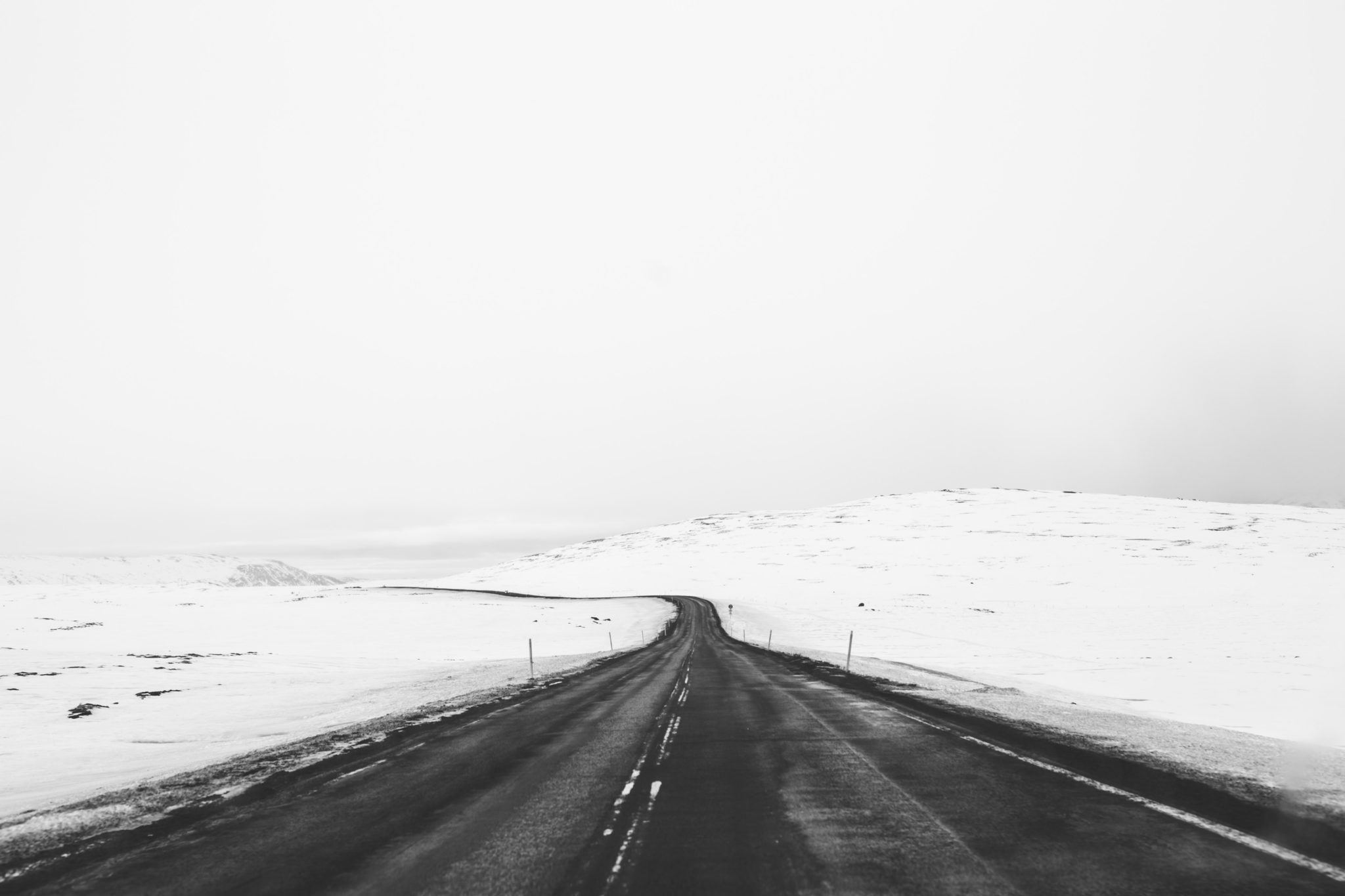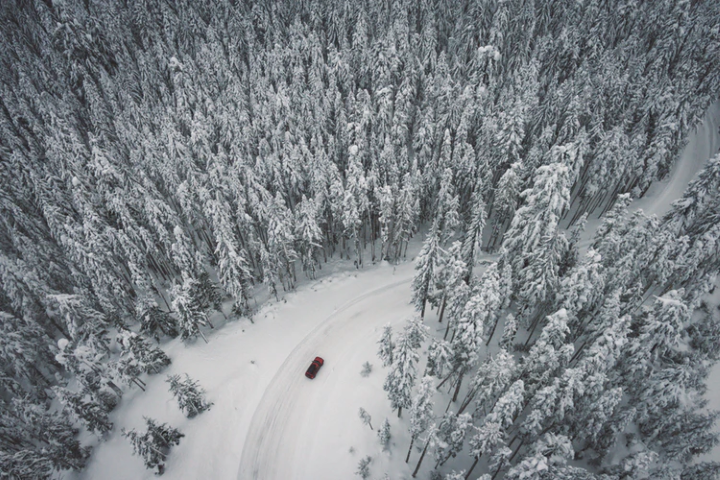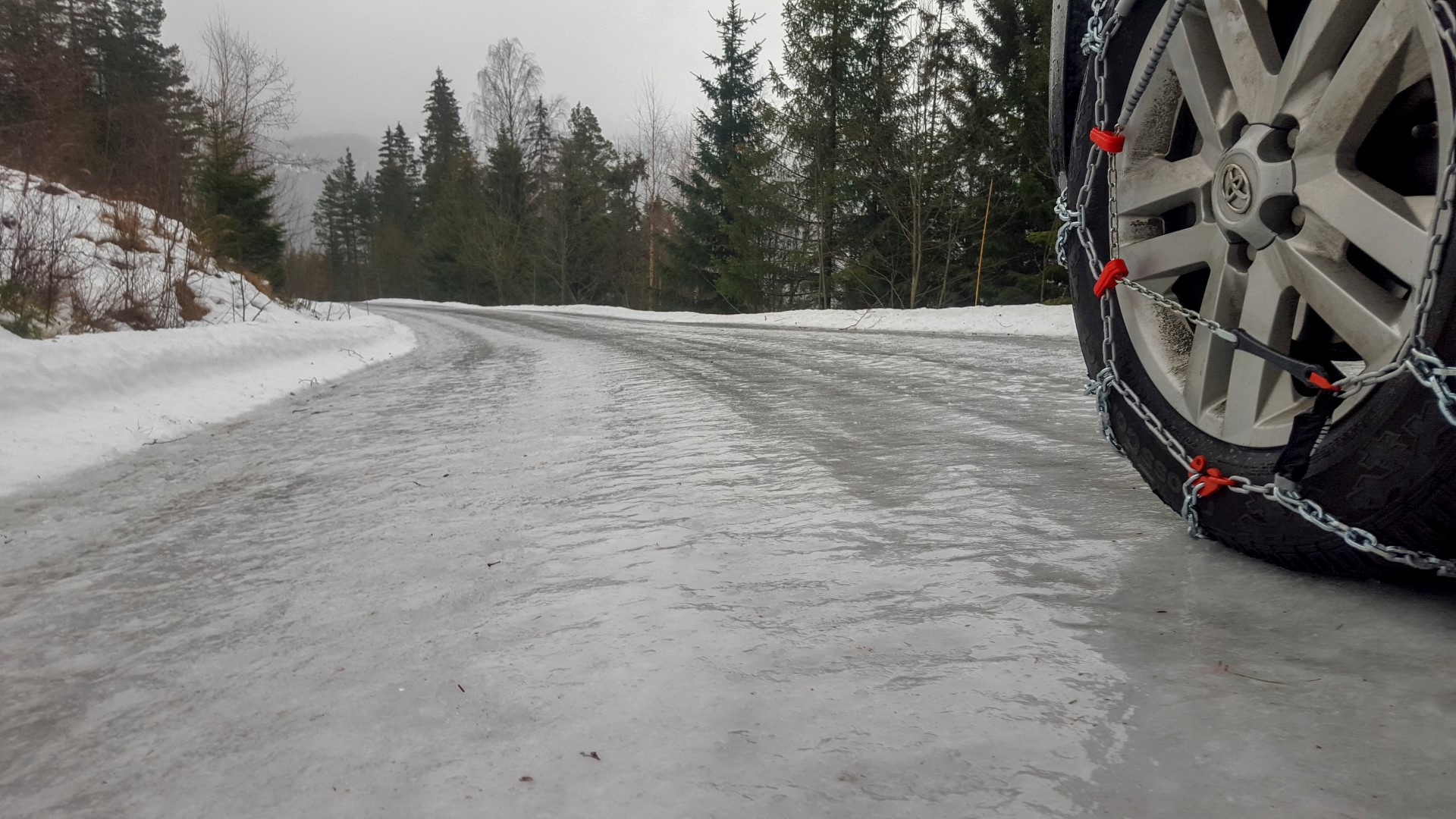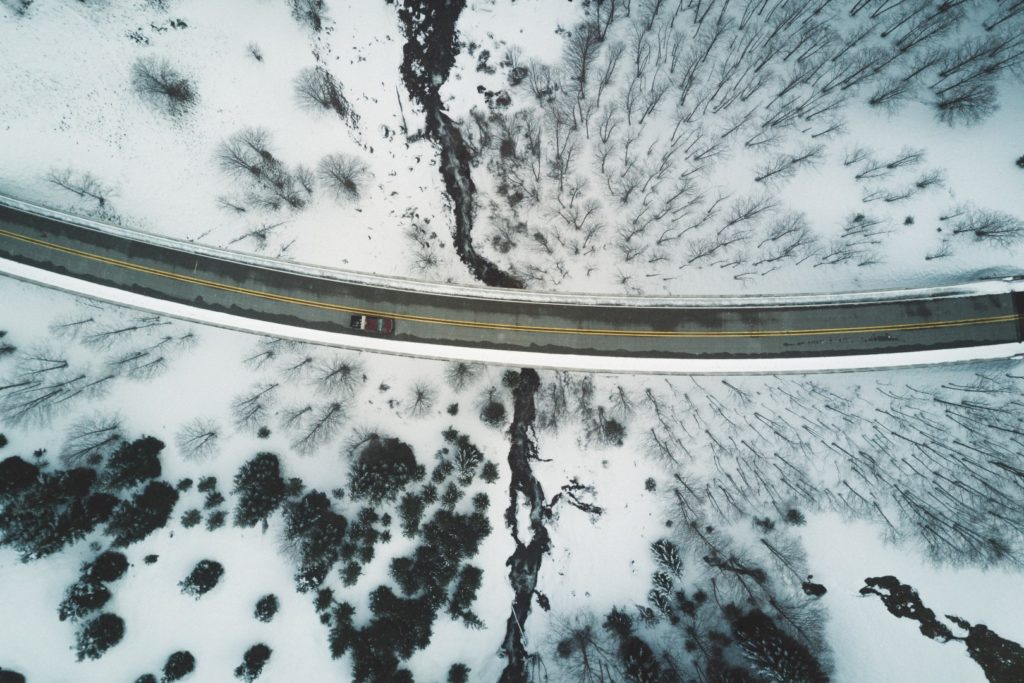Driving in winter comes with numerous challenges. The weather can deteriorate quickly, it can be difficult for recovery services to keep up with the demand that is put upon them, and any accidents could quickly become additionally dangerous should they not be dealt with in an appropriate manner and in good time. Learning and remembering winter driving tips is essential.
With this in mind, it is absolutely vital to prepare effectively when it comes to driving in poor conditions and to be fully aware of what should be done if you find yourself in difficulties. Drivers are 20% more likely to have an accident while driving during the winter months. Nobody is immune to accidents, but there are things that can be done to plan adequately for the worst eventualities.
Consider the Details of Your Journey
Have you fully assessed how you will get from A to B? Have you found a route – or perhaps two routes – that are liable to keep you away from areas that could get flooded, have fewer streetlights or are marked as particularly dangerous?
While planning a route is something that should be done prior to heading out on your trip, there are also things you can do whilst on the journey itself, such as remaining tuned in to the local radio station so as to be privy to any weather changes or extensive traffic jams. It is also important to leave more time than you usually would to complete your journey. There is always a chance you could be delayed, and it is far better to be in a position where you can take your time, rather than feeling compelled to rush.
Check Your Vehicle (Thoroughly)
The last thing you want is for your car to let you down while you are traveling on dark roads and in inclement weather conditions. Therefore, it is vital you keep tabs on things such as the state of your windscreen wipers, the grip on your tires, and how much screen wash you have (we recommend you keep some in the car at all times). Having a vehicle in good working order will massively reduce your chances of encountering problems.
Pack the Car with Supplies
From food to blankets, warm clothes to water, you should ensure that you always have supplies on hand just in case the worst should happen. It is also worth packing away a spare phone (fully charged, of course), a scraper that will remove ice from your windows, a shovel (if you are going to be venturing into the countryside or if you’re heading out in a particularly vicious storm), as well as some jump leads and a warning triangle that will alert other road users to your situation.
Be Careful
The best course of action is, of course, to be as careful as possible. Drive slowly, accelerate gently, brake with plenty of time in hand, use low gears when going down a hill, steer into any skids, and wear shoes that give you proper control of the pedals. By being vigilant, and by being fully aware of the difficulties you could potentially face, you’ll be best placed to complete your journey without a hitch.
For More:
On our site: Car Travel with Pets: Tips for Safety and Security
– Photos as credited. Cover photo by Katie Doherty on Unsplash.






2 comments
Wonderful blog. Amazing tips. Thanks for sharing 🙂
Thanks so much, Stella. Glad these tips were useful!